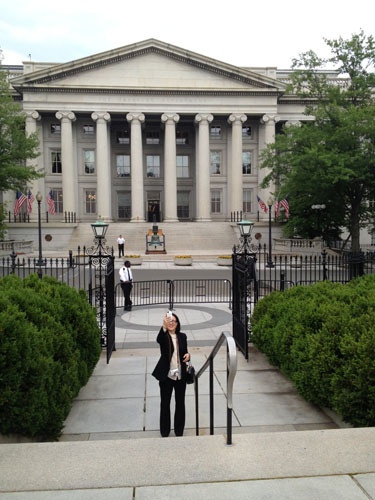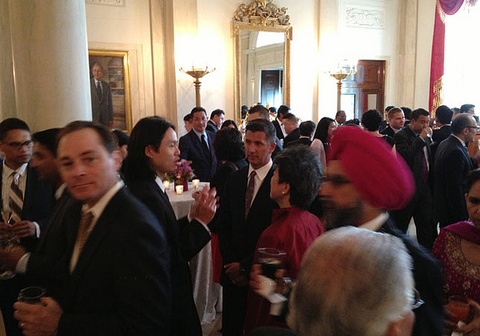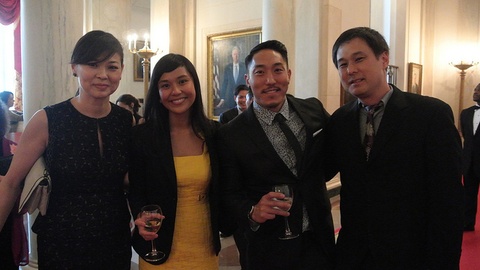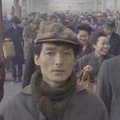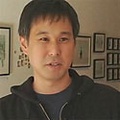The once-in-a-lifetime event of visiting America’s premier building, The White House can’t be compared to much of anything. I haven’t been everywhere, but I have been to the Empire State Building, the original WTC, and the Statue of Liberty. I’ve also seen Mount Rushmore, Grand Canyon, and Devil’s Tower. There are many beautiful places, both natural and man-made that are “more” historical and maybe untethered to society while being greatly symbolic. Yet, The White House is arguably the greatest “Thing” in America.
In the late ‘80s, the big news of crack cocaine was purchased where? Shockingly, it was across the street from The White House. It was allegedly set up, but the effect, thanks to the bust location made headlines. It’s the place that might have the highest standard to meet. If anything goes wrong near or in The White House, it makes news.
Since 9/11, The White House is perhaps one of the most protected buildings in the world. For the people who hate Americans, it’s at the top of the list of places to topple. Its toppling efforts are depicted in two current high budgeted apocalyptic pictures, Olympus has Fallen and White House Down, and it’s dramatized on TV’s House of Cards and The West Wing.
Of course there’s an underground bunker that’s laden with iris scanners and tunnels. There’s a giant kitchen where the chef (Cristeta Pasia Comerford), a Philippine-American who could beat anyone on Top Chef and Iron Chef and couldn’t fathom Kitchen Nightmares, has been working since 1995 and is the first “Executive Chef”.
There’s a bowling alley, which is bad ass on its own and a movie theater that can play anything in any format. Imagine the Secret Service watching White House Down in The White House. It has probably already happened. The window panes are antique, wavy hand-blown glass. The hallway we enter from post security check points (plural) has a huge boulder sized sculpture of Abraham Lincoln’s head. Even the back door is picture worthy. For some reason, a photo of walking in is important.
Imagine that The White House is so bad ass of a “Thing” that’s it’s actually the original home-office. If you work at home, you’ve been doing it “White House Style” and didn’t even know it. It’s also highly probable that the insane myths of The White House may not meet the grandeur of its reality. Yes, it’s that bad-ass of a “Thing.”
Getting to wander around with friends and peers who are part of the White House’s Asian American Pacific Islander Heritage Month, room by room will never get old. AngryAsianMan Phil, VC Shinae, JANM Greg Kimura, Wing Luke Beth Takekawa, CAAM Stephen Gong, ACV John Woo, filmmaker Tad Nakamura, and many others, some of who I know and most who I don’t overwhelmed themselves by merely standing and looking around.
Our familial pasts are different, yet we’re a common story of being fairly recent immigrants, just a generation or few removed that makes this experience unique and also strange. Getting to visit The White House is a result of circumstances. It’s a combination of our doings, our parents doings, and perhaps even their parents doings. It’s also the result of a different administration that’s keeping an eye out for the underdog.
Most of “us” are products or are the product of some type of injustice or discrimination, some just by looking different but others by the same government that invited us on this day. My own father was incarcerated at a Japanese American Concentration Camp 70 years ago. Of my visit, he thought it was insane and cool. After all, he’s an American and my visit to this place means something to him. For the few hours of wandering and taking in history, along with President Obama’s remarks just tens of feet away, and then the performances, it’s all about the moment—free of anything, anywhere.
Imagine, all of the Presidents except George Washington, who had the place built, have lived here and made their redecoration markings. Their memorials in the form of their painted images are displayed for a finite amount of guests to see, yet it’s for an infinite future. The infamous John F. Kennedy contemplation portrait which came with some controversy remains as one of the most popular along with the Abraham Lincoln. You can’t but help take a photo of them just to show people that you were there. You can’t help but look at everything, everywhere.
The Presidential Seal in the center of the room is one of the first things you see when entering. Snap, another photo. The sheer height of the ceilings juxtaposed with the antique furniture, which if you pay close attention are the exact places where the President often meets with dignitaries. Same with his press conferences, they take place in the very rooms we walked through.
For some, this is old hat. They’re here too often, but for most of us, it’s sheer amazement. There’s not a moment to think about problems, dinner, sports, enemies, work, or even the hot chicks in the room. Most of us were thinking about sharing our moments with friends or family who weren’t there. How can we portray this place and give it its due? At this very moment, just a day or two out, at least one of the 200 or so of us are probably trying to explain what it was like, but failing.
The doors for one of the larger rooms (The East Room) soon opened and was filled with seats. Once convened, Lisa Ling walked up and MC’d the event which featured Barack Obama who’s speech can be read here (link). His joke about getting a lipstick print on his collar made a lot of headlines. He was followed by speeches by NEA head Joan Shigekawa and The Smithsonian’s Konrad Ng—who’s also Barack Obama’s brother-in-law. Spirited performances followed by Karsh Kale who DJ’d sounds in the entrance, music by Paula Fuga and John Cruz from Hawaii, a reading by the great Amy Tan, a performance by Dana Tai Soon Burgess & Company, and the powerful lungs of American Idol Jessica Sanchez.

Barack Obama gives Konrad Ng (seated on right) a shout out. You can see folks looking both at Obama and at Ng.
I’ve heard from multiple persons that this deluxe event has been in the works for years. In the past, AAPIHM events were standing cocktail receptions followed by an Obama speech and “rope line” greetings where I did have the opportunity to shake his cool hand. A reception following the performances began.
Food prepared by the aforementioned White House Chef was enjoyed by everyone, and how often can you say that you sat on The White House antique furniture, surrounded by the portraits of historical figures, while downing pieces of sashimi and sipping on champagne? It’s nearly gangster. It’s the same place POTUS and many past POTUS and their families sat.
How often will you see your friends, peers, and colleagues together doing the same thing—all equally mind blown as if we just saw an alien land in a field in front of us? On May 28th, it happened, 200 of us got to visit the greatest “Thing” as a meager representative of the 18 million+ Asian Americans.
*This article was originally published on Giant Robot on May 31, 2013.
© 2013 Eric Nakamura


